Solar cells in vehicles (VIPV): a realistic future? Opportunities and challenges for vehicle-integrated photovoltaics
In the World Solar Challenge, student teams compete in solar-powered prototype cars. In this year’s race (that takes place in Morocco), the KU Leuven Agoria team counted on imec/EnergyVille to fabricate their solar panels.
Vehicle-integrated photovoltaics (VIPV) has also already entered the commercial market as an option in four-door vehicles and through a few highly innovative startups.
Imec/EnergyVille expert Loic Tous depicts a realistic future for the further breakthrough of VIPV and lists the technology research challenges that lie ahead.
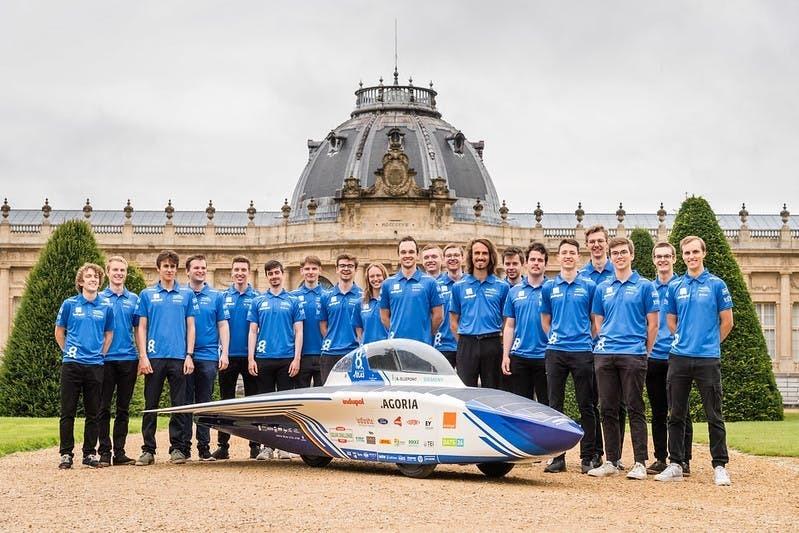
Thanks to the Solar Challenge in Morocco, solar-powered prototype cars have again taken center stage in the news. Less known, however, is that vehicle-integrated PV (VIPV) is already available as an option in several modern-day cars. And that a few high-tech startups and scale-ups have anxiously awaited to enter the market with PV-powered electric vehicles that can be driven for months by merely relying on the power generated by the integrated PV-panels.
Loic Tous is the team leader of PV cells and modules at imomec, imec’s associated lab at the University of Hasselt, and partner in EnergyVille. His team was closely involved in helping the KU Leuven Agoria student team to fabricate their solar panels in this year’s car, the BluePoint Atlas.
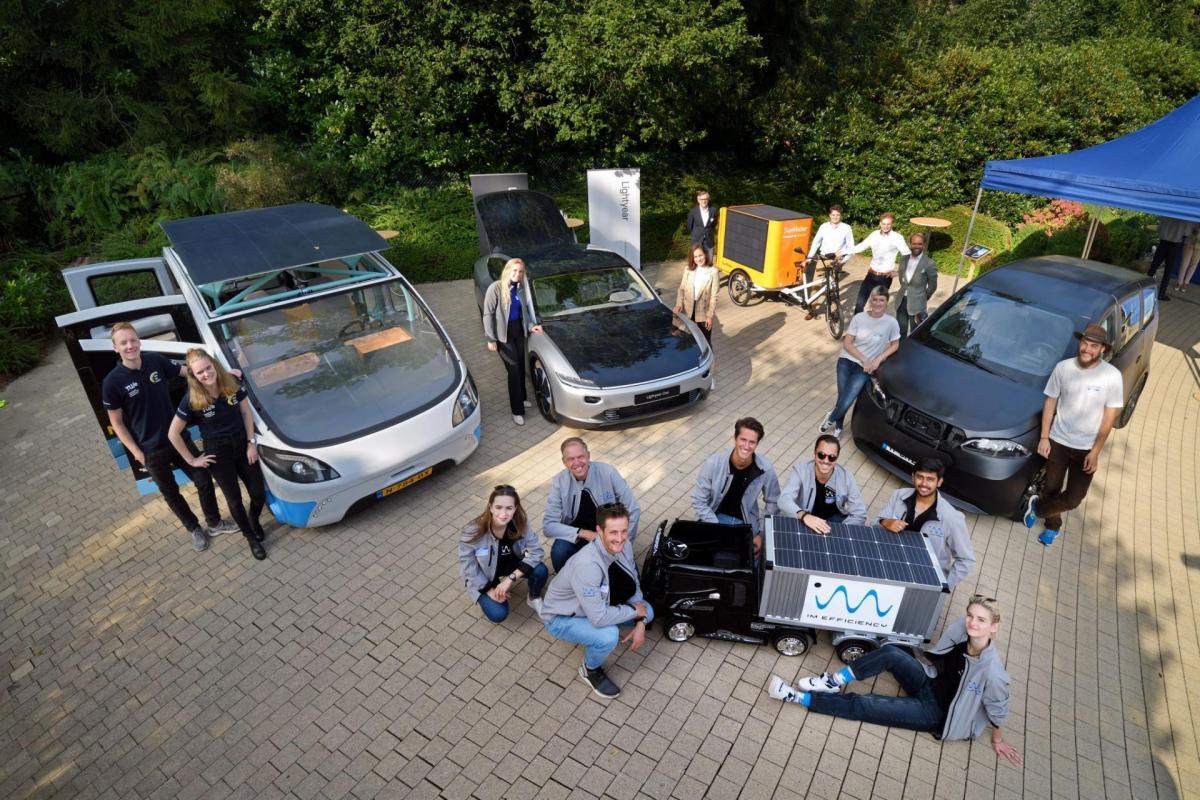
The existing market and technologies for VIPV
Loic Tous: “In the nineties, the Volkswagen group introduced a small PV roof as an option in several cars such as the Audi A8, VW Phaeton, Skoda Superb, and others. These PV roofs were very expensive (>2000 euro) and had a maximum power of only 30 Watt peak (Wp) which was mainly intended to avoid ignition problems related to 12V battery drain. In the last decade or so, integrated PV technology has rapidly evolved and is becoming sufficiently cost-effective for larger-scale integration in commercial vehicles.”
Today, the Toyota Prius Prime, Nissan Leaf, Karma Fischer Revero, Hyundai Sonata, and Ioniq 5 are some of the first cars that offer PV-integrated panoramic sunroofs either standard or on their option list. Other automotive brands in the premium segment are following suit. Soon, they will offer similar features, most likely as optional “solar packages,” similar to driver-assistance, business, and other comfort packages. With power outputs in the orders of a few hundred Watt, these PV panoramic sunroofs are mainly intended to support the heating, ventilation, and air conditioning (HVAC) systems. As such, they can annually result in around two to three thousand kilometers of extra range depending on the location and driving profile.

The next step: co-design of car and PV system
Loic Tous: “However, the ambition of car manufacturers is to manufacture vehicles that can drive more than ten thousand kilometers on their own generated energy and thus become as independent as possible from external charging sources. To realize this, the power of the integrated solar panels must increase from the current hundreds of Watts peak to more than a thousand. Toyota already presented such a prototype, but it used high-efficiency solar cells that are optimized for space and are far too expensive for commercial application in cars. To be cost-effective, you have to start almost from scratch by designing the car and the PV system together and integrating solar panels in more places than just the roof.”
For the moment, this is the domain of innovative startups and scale-ups such as Lightyear in the Netherlands and Sono Motors in Germany. With their respective cars, Lightyear One and Sion. Both companies have concrete plans to have their first salable cars roll off the production line in the coming years.
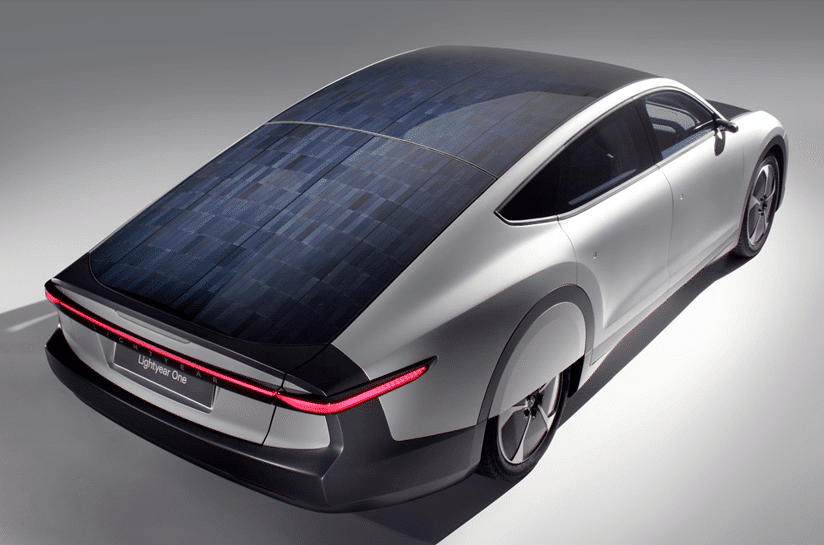
Technological challenges in a conservative sector
However, all these evolutions are far from obvious and there is more to it than just gluing solar cells to a car part.
Loic Tous: “In itself, there are great similarities between the current production processes in the automotive industry and the way in which solar panels are produced. For example, ordinary panoramic sunroofs for cars consist of two glass plates with a foil in between to prevent the glass from breaking into a thousand pieces in the event of a mechanical impact. It therefore seems an almost logical step to install solar cells between those glass plates. That is why the car manufacturers see it as a viable option.”
Yet there are also important differences. For example, the materials in the automotive industry are optimized for mechanical and acoustic properties, for example, and less so for protection against moisture or other aspects that can be harmful to integrated solar cells. Also, the existing production processes use high pressure, which can damage the solar cells when laminating on glass or other parts of the car body. Alternative materials and processes exist in the PV industry, but they have not been optimized or validated for the automotive industry.
Loic Tous: “In short, there are two ways to deal with this. The conservative approach currently is to use and adapt the automotive materials and processes to the minimum requirements for PV integration. So by using the existing protective foils and high pressure lamination processes. In the long run, however, it will be more efficient to choose the opposite route and adopt PV materials and processes in the automotive industry. I can already see this happening with building-integrated PV in the construction industry. This is also a conservative sector, but here PV has a longer history and in the meantime generated enough confidence to use the PV materials and processes to achieve optimal and more cost-efficient integrations. It does not seem illogical to me that the automotive sector will also undergo such an evolution. Although it remains a complex challenge due to the multitude of materials (glass, plastics, fiberglass composites), the requirements in terms of lifespan (10-15 years), having to pass all crash and other tests and the need to be able to easily replace or repair in the event of an accident or damage.”
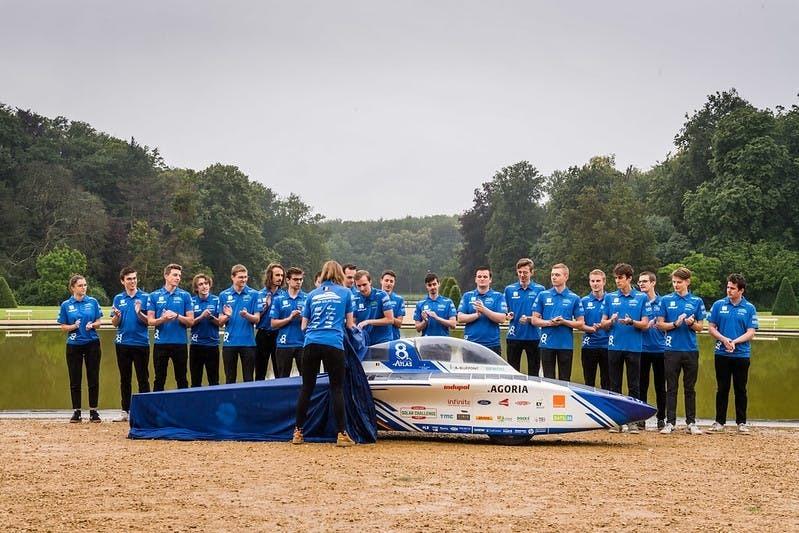
The role of imec, EnergyVille and its partners
In this complex reality, imec/EnergyVille and its partners make important contributions to technological research and development. For example, in the imec.icon project SUNDRIVE, funded by imec and Vlaio, a consortium of research groups and companies is working on technology breakthroughs with PV integrated solar roofs for cars. Think of advanced interconnection technology, coating and lamination processes, modules that can withstand the effects of shadow and building demonstrators with current and next generations of solar cell technology. The project is halfway through its two-year run and the consortium is confident that it can achieve the ambitious goals it has set itself.
Another activity in which imec/energyVille researchers are making significant strides together with the industry is the H2020-funded HighLite project that aims for high-performance, low-cost, and sustainable crystalline-Si PV modules tailored for different applications. Among the partners in the project is Valoe, the Finnish company that supplies PV-integrated body panels to Sonomotors.Loic Tous: “Much of our own effort in this project focuses on reaching lightweight PV modules for vehicle integration. For example, we are looking into developing next-generation crystalline silicon cells with efficiencies above 23% and innovative shingling technology to optimally use the available surface in the curved body panels. Recently, we reached an important milestone by demonstrating lightweight prototype PV modules with high-efficiency silicon solar cells that passes several of the critical PV and automotive tests. The goal by the end of 2022 is to demonstrate a complete PV-integrated bonnet. For this, collaboration with industrial partners is crucial. For example, with Applied Materials Italy, which develops the shingling technology and associated equipment.”
At the 2021 EU PVSEC conference, imec presented two approaches to drastically reduce the weight of VIPV modules by replacing the front or backside glass with glass-fiber reinforced encapsulants (GFRE) or back sheets (GFRB). (Imec solutions on the right show 50% weight reduction or more compared to the typical glass-glass (GG) and glass-back sheet (GBS) approaches).
At the Sept-2021 EU PVSEC, the largest international conference for photovoltaic research, technologies, and applications, imec/EnergyVille presented the progress within the HighLite program in full detail. At that same conference, imec/EnergyVille also presented a paper about developing and testing lightweight PV modules.
Loic Tous: “We also already have a long-lasting relation with the KU Leuven team that competes in the various editions of the World Solar Challenge. Whereby we have helped them with, for example, our expertise in modeling and characterization. We intensified our collaboration for this year’s Solar Challenge Morocco by giving them technical support and access to our facilities at the EnergyVille Campus in Genk. This advantage allowed them to fabricate the PV modules for the BluePoint Atlas race car using our state-of-the-art two-membrane laminator. This time, the KU Leuven car is not equipped with high-efficiency space cells. These reach efficiencies of over 30% but come at a price of around €100 per cell. The premium silicon cells that the team uses this year reach efficiencies of 23 to 25% and only cost around one euro per cell. The regulations allow the team to cover more surface area with these relatively lower-efficiency cells, so the overall cost-efficiency balance was quickly made. This, however, meant that the silicon cells had to be designed more specifically to fit the contours of the vehicle, and here, the expertise of imec also came into play.”
So, while VIPV technologies are working their way up into the market with a healthy dose of realism, thanks to the R&D contributions by imec, EnergyVille and its partners, we will be unconditionally cheering for the KU Leuven Agoria team that competes in Morocco in October 2021.
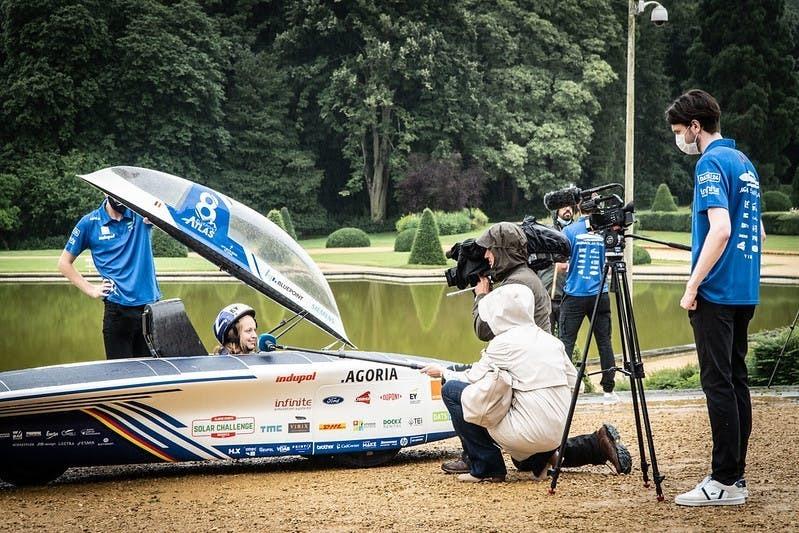
More info
- The scientific papers about the HighLite program and the lightweight PV modules that imec/EnergyVille presented during EU PVSEC can be requested via this contact form..
- Imec.icon SUNDRIVE project page: SUNDRIVE
- H2020-funded HighLite project page: HighLite project (highlite-h2020.eu)
- KU Leuven Agoria Solar Team: Agoria Solar Team | BluePoint Atlas
- imec web page about their PV expertise: Development of high efficient silicon & thin-film solar cell and module technology – imec
- Imomec website: IMO – IMOMEC (uhasselt.be)
- EnergyVille research page about their PV expertise: Research page Solar Energy